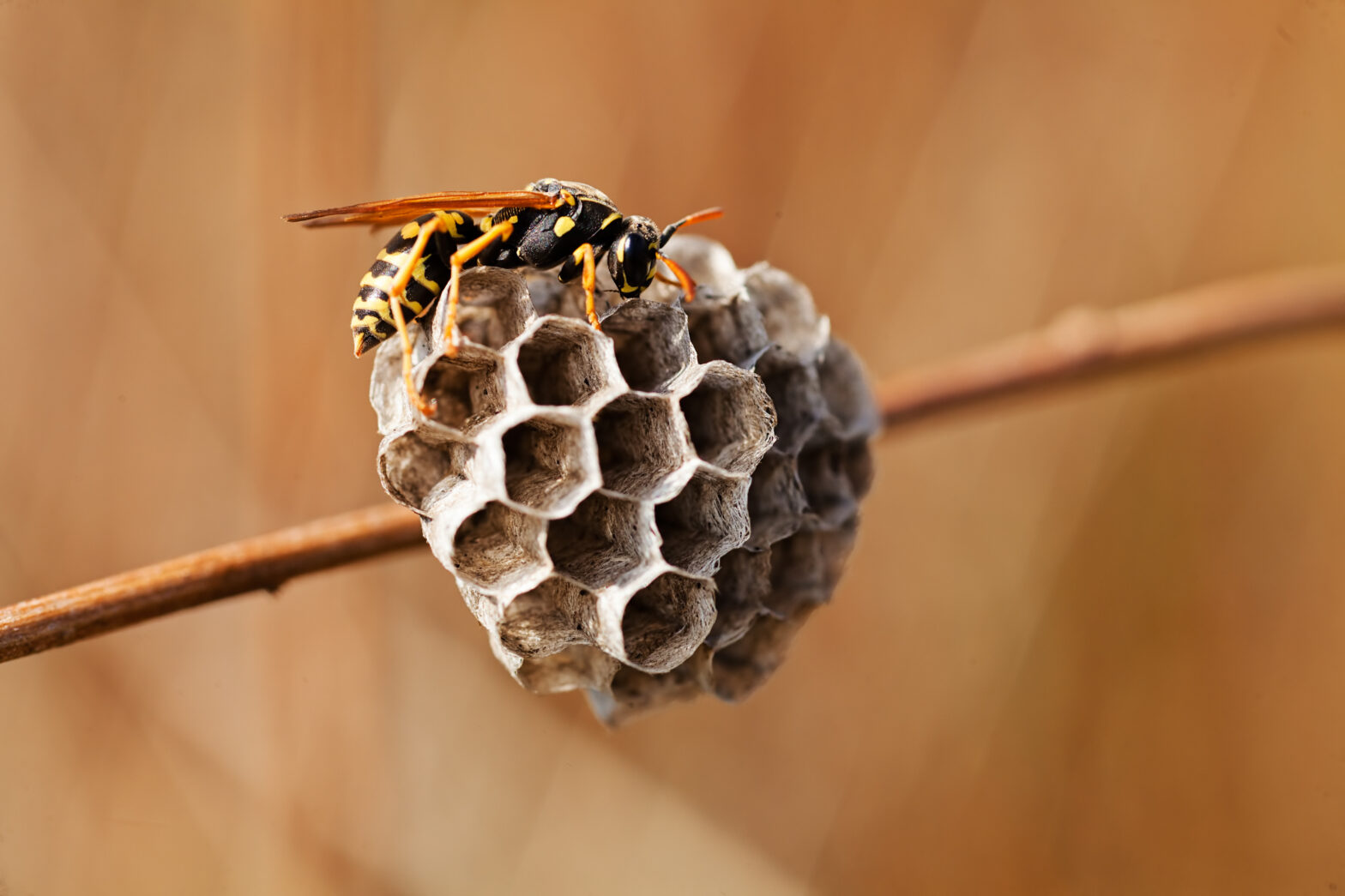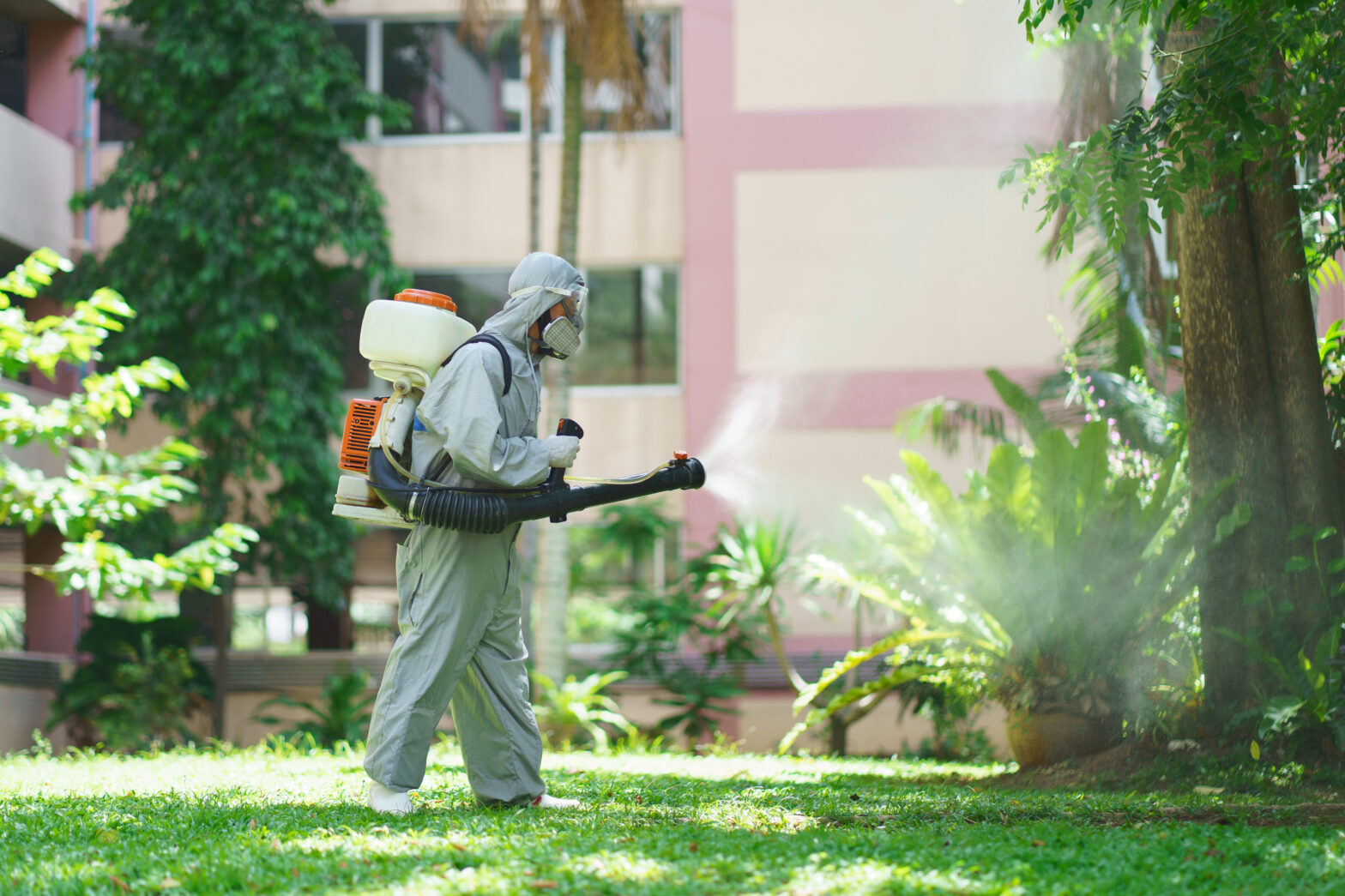Late Summer Wasps & Yellowjackets: Why DIY Nest Removal Is Risky
Why Wasps Are More Active in Late Summer By late summer, wasps and yellowjackets are at their buzziest. Their colonies are at full size, meaning...
Effective Summer Pest Prevention Strategies for Ants, Mosquitoes, and Wasps
As temperatures rise, summer brings with it not just backyard barbecues and pool parties, but also an unwelcome surge in pest activity. Ants march into...
Comprehensive Guide to Pest Control Services in Anna, Texas
Are you dealing with unwelcome critters in your home or business? Finding the right pest control in Anna, TX is essential for maintaining a healthy,...
Comprehensive Guide to Pest Control Services in Aloha, Oregon
Are you struggling with unwanted pests in your Aloha home or business? Pest control service in Aloha, Oregon is essential for maintaining a healthy, comfortable...
Comprehensive Guide to Pest Control Services in Alpine
Dealing with unwanted critters in your home or business can be frustrating and potentially dangerous. If you’re seeking a reliable pest control service in Alpine,...
We care more about eliminating your problems than getting a quick sale. We provide the highest-quality mosquito &
pest control service
at a great value.




